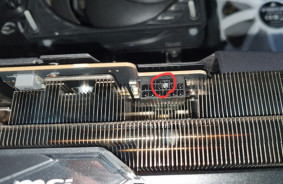A research team led by the National University of Singapore has made a significant advancement in energy harvesting technology. This innovation could potentially eliminate the need for batteries in various electronic devices.
They have developed a new type of rectifier capable of efficiently converting ambient radio frequency signals, typically viewed as "waste" energy, into usable direct current voltage. For instance, this technology turns ambient radio frequency signals from sources such as Wi-Fi and cellular networks into usable electrical energy.
“Technologies like this for harvesting radio frequency energy are crucial, as they reduce battery dependence, extend device longevity, minimize environmental impact, and enhance the usability of wireless sensor networks and Internet of Things devices in remote areas where frequent battery replacements are impractical,” the developers stated.
The research has demonstrated the feasibility of using nanoscale rectifiers to achieve this conversion. This has even been accomplished at low levels of radio frequency power below -20 dBm. The success was achieved by optimizing the rectifiers and integrating an array of these rectifiers into an energy harvesting module. The energy collected (at radio frequency power below -20 dBm) proved sufficient to power LEDs and a commercial temperature sensor. An array of 10 optimized rectifiers achieved an impressive efficiency of 7.8% and high sensitivity.
The research team is currently focusing on integrating a built-in antenna to further enhance the efficiency and compactness of their technology. They are also exploring series-parallel connections and intra-chip connections to improve radio frequency power harvesting with the potential to generate enough voltage to eliminate the need for a direct current amplifier.
Source: interestingengineering














Comments (0)
There are no comments for now